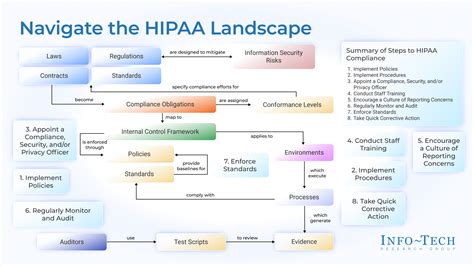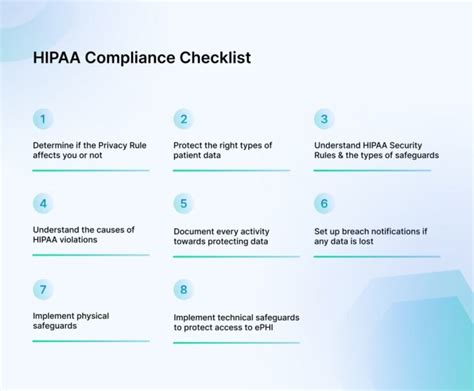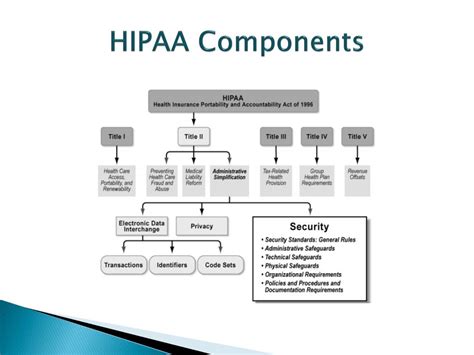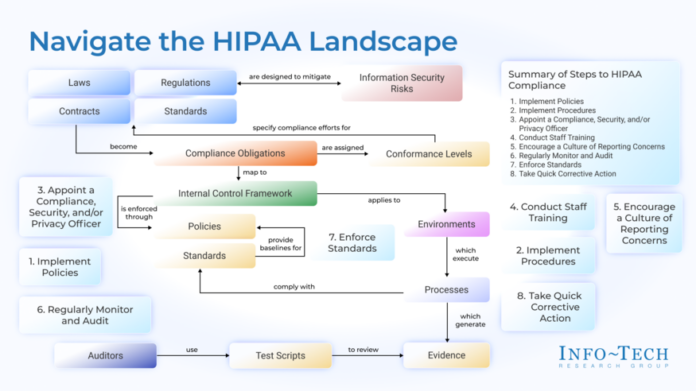In the ever-evolving financial landscape, banking regulations play a critical role in ensuring stability, protecting consumers, and fostering trust in the financial system. This article delves into the current state of banking regulations, examining recent changes that have reshaped the industry. We will explore the pivotal role of oversight authorities in enforcing compliance and address the challenges banks face in adapting to new rules. Additionally, we will highlight technological innovations that enhance regulatory compliance, consider global perspectives, and predict future trends in banking regulation. Through detailed case studies, we will assess the real-world impact of these regulations on financial institutions and the broader economy. Join us as we navigate the complex world of banking oversight and its implications for the future.
alijyun.com invites you to explore this topic thoroughly.
1. Introduction to Current Banking Regulations
Banking regulations form the backbone of the financial system, designed to maintain stability, protect consumers, and promote fairness in the marketplace. At their core, these regulations ensure that banks operate with integrity and transparency, mitigating risks that could threaten the financial system. Key frameworks include the Basel III standards, which address capital adequacy, stress testing, and liquidity requirements, and national regulations like the Dodd-Frank Act in the U.S. and the Financial Services and Markets Act in the UK. These regulations are frequently updated to address emerging risks and technological advancements, reflecting the dynamic nature of global finance. By setting minimum standards for financial health, operational conduct, and risk management, banking regulations help prevent systemic crises and ensure that banks are well-positioned to handle economic uncertainties. Understanding these regulations is essential for navigating the complexities of today’s financial environment and ensuring compliance in an ever-evolving regulatory landscape.

2. Recent Changes in Banking Regulations
Recent changes in banking regulations have significantly impacted the financial sector, reflecting ongoing efforts to enhance stability and address emerging risks. One major development is the implementation of stricter capital requirements under Basel III, aimed at increasing the resilience of banks against economic shocks. These regulations now demand higher capital buffers and more rigorous stress testing to ensure banks can withstand financial turbulence. Additionally, regulations have evolved to address the growing importance of cybersecurity, with new guidelines emphasizing the need for robust digital safeguards to protect sensitive financial data from increasing cyber threats.
Another notable change is the introduction of regulations focused on transparency and consumer protection. Measures such as the revised Payment Services Directive (PSD2) in Europe require banks to enhance transparency in transaction fees and offer greater protection for consumers. Furthermore, recent updates in anti-money laundering (AML) laws have strengthened measures to prevent illicit activities and ensure that financial institutions conduct thorough customer due diligence. These changes reflect a broader trend towards greater regulatory oversight and a commitment to maintaining the integrity and stability of the global banking system.

3. Role of Oversight Authorities
Oversight authorities play a crucial role in maintaining the stability and integrity of the banking sector by enforcing compliance with regulatory standards and ensuring that financial institutions adhere to established rules. Key regulatory bodies, such as the Federal Reserve in the United States, the European Central Bank, and national financial regulatory agencies, are tasked with supervising and regulating banks to ensure they operate safely and soundly. These authorities are responsible for conducting regular audits, reviewing financial statements, and assessing risk management practices to ensure banks meet capital and liquidity requirements.
In addition to routine inspections, oversight authorities are instrumental in implementing and monitoring new regulatory frameworks. They provide guidance on interpreting regulations and offer support to financial institutions in achieving compliance. These agencies also have the authority to impose penalties and corrective measures in cases of non-compliance, ensuring that banks address any deficiencies promptly.
Moreover, oversight authorities play a key role in responding to emerging risks and adjusting regulations as needed. They work to balance regulatory requirements with the need for innovation, ensuring that the financial system remains robust while accommodating advancements in technology and changes in market dynamics.

4. Compliance Challenges for Banks
Banks face several significant compliance challenges as they navigate evolving regulatory landscapes. One major challenge is the increasing complexity of regulations, which requires banks to continuously adapt their internal processes and systems to meet new standards. Stricter capital and liquidity requirements, such as those under Basel III, demand substantial investment in financial infrastructure and risk management capabilities.
Additionally, the rise in regulatory scrutiny around cybersecurity and data protection necessitates robust and often costly technological upgrades. Banks must invest in advanced security systems to protect sensitive information and comply with new data privacy laws.
Another challenge is the need to ensure thorough and ongoing training for staff to understand and implement regulatory requirements effectively. With frequent updates to regulations and guidance, keeping employees informed and capable of managing compliance tasks becomes a continuous effort.
Finally, banks must address the administrative burden associated with reporting and documentation. Meeting detailed reporting requirements while maintaining operational efficiency poses a s
5. Technological Innovations in Regulatory Compliance
Technological innovations are transforming regulatory compliance in the banking sector, offering solutions to manage the increasing complexity of regulations. Advanced software platforms now enable banks to automate compliance processes, significantly reducing manual effort and minimizing errors. For instance, RegTech solutions leverage artificial intelligence and machine learning to monitor transactions in real-time, detect anomalies, and ensure adherence to anti-money laundering (AML) and know-your-customer (KYC) requirements.
Additionally, blockchain technology is being explored for its potential to enhance transparency and security in financial transactions. By creating immutable records, blockchain can streamline compliance reporting and reduce the risk of fraud.
Data analytics tools are also revolutionizing compliance by providing banks with deeper insights into their operations and regulatory obligations. These tools help in identifying patterns, assessing risks, and ensuring that all regulatory requirements are met efficiently.
Overall, these technological advancements not only facilitate better compliance but also enhance the agility of financial institutions in adapting to new regulations, ultimately leading to a more resilient banking sector.
6. Global Perspectives on Banking Regulation
Global perspectives on banking regulation reveal diverse approaches to managing financial stability and protecting consumers. In the United States, regulations such as the Dodd-Frank Act emphasize rigorous oversight and transparency, aiming to prevent a repeat of the 2008 financial crisis. This framework includes provisions for consumer protection and stringent capital requirements for banks.
In Europe, the European Union has implemented the Basel III standards through the Capital Requirements Regulation (CRR) and Capital Requirements Directive (CRD IV), which focus on enhancing the resilience of banks across member states. The EU’s approach also includes the General Data Protection Regulation (GDPR), which sets high standards for data privacy and security.
In Asia, countries like China and Japan are adapting global regulatory frameworks to their unique financial systems. China’s regulatory approach emphasizes state control and stability, while Japan integrates Basel III requirements with its own regulations to address both domestic and international concerns.
Emerging economies often face challenges in balancing regulatory rigor with the need to foster financial innovation and growth. Each region’s regulatory landscape reflects its economic priorities, risk profiles, and regulatory philosophies, highlighting the need for international coordination and cooperation in global banking regulation.
7. Future Trends in Banking Regulation
Future trends in banking regulation are likely to focus on increasing digitalization, enhancing cross-border collaboration, and addressing emerging risks. The integration of advanced technologies, such as artificial intelligence and machine learning, will continue to shape regulatory practices, enabling more effective monitoring and enforcement of compliance. Regulatory frameworks will increasingly incorporate considerations for digital currencies and fintech innovations, as these technologies gain prominence in the financial sector.
There is also a growing emphasis on global regulatory harmonization to address the challenges of cross-border financial activities. Efforts to standardize regulations across jurisdictions will facilitate more seamless international operations and improve the overall stability of the global financial system.
Additionally, regulators will focus on environmental, social, and governance (ESG) criteria, requiring banks to integrate sustainability considerations into their risk management and reporting practices. These evolving trends will drive the development of more dynamic and responsive regulatory frameworks, ensuring that they address both current and future challenges in the banking industry.
8. Case Studies on Regulatory Impact
Case studies on regulatory impact illustrate how banking regulations shape the industry and address real-world challenges. One prominent example is the implementation of the Dodd-Frank Act following the 2008 financial crisis. This legislation introduced significant reforms, including the Volcker Rule, which restricts banks’ ability to engage in proprietary trading. Studies show that while the Dodd-Frank Act has enhanced financial stability, it has also increased compliance costs for banks and led to changes in their business models.
Another case study involves the European Union’s GDPR, which imposes strict data protection requirements on financial institutions. Research indicates that GDPR has improved data privacy practices and increased transparency, but it has also posed compliance challenges, especially for smaller banks struggling with the costs of implementing necessary changes.
In Asia, China’s regulatory response to rapid fintech growth has included measures to control risks associated with digital lending and payment platforms. These regulations have successfully mitigated some financial stability risks but have also slowed the pace of innovation in the fintech sector.
These case studies underscore the complex interplay between regulation and banking practices, highlighting both the benefits and challenges of regulatory frameworks in different contexts.
Navigating the landscape of banking regulations is crucial for maintaining financial stability and protecting consumers. Recent changes reflect a shift towards stricter oversight and technological integration, while global perspectives highlight diverse regulatory approaches. As banks face compliance challenges, technological innovations offer new solutions. Future trends suggest a continued evolution in regulatory practices, focusing on digital advancements and global harmonization. Understanding these dynamics will be essential for adapting to the ongoing transformation of the banking sector.
alijyun.com

